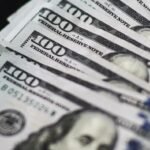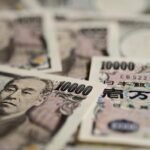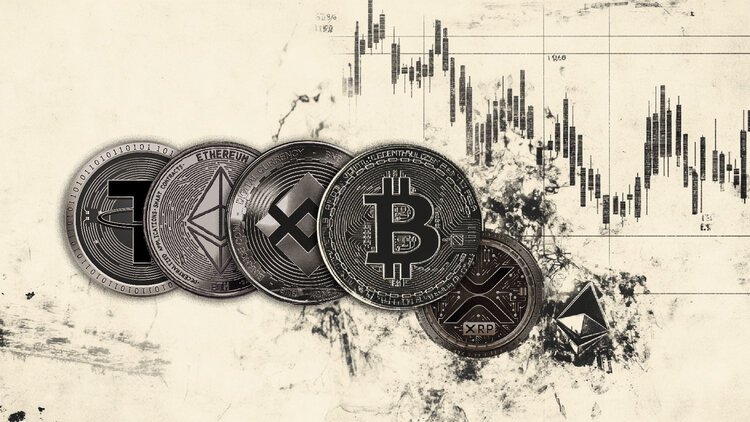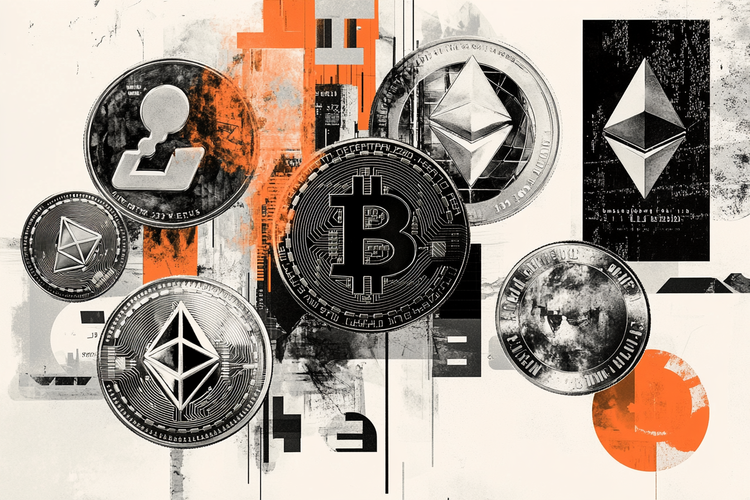- The DXY fell to its lowest level since mid-April on Wednesday.
- Weak US inflation data and unimpressive Retail Sales increase odds of a Fed interest rate cut in the near term.
- Markets are still discounting higher odds of the first cut being in September.
The US Dollar Index (DXY) is trading near 104.4 on Wednesday, showing sharp losses triggered by the softer-than-expected Consumer Price Index (CPI) and flat Retail Sales figures from April.
The US economy is showing signs of pressure as inflation in April seems to have decelerated. Federal Reserve (Fed) Chair Jerome Powell’s cautious stance, coupled with mixed Producer Price Index (PPI) readings, are highlighting concerns over future inflation dynamics, which seem to be weighing on the Greenback.
Daily digest market movers: DXY dives on soft CPI figures
- US Bureau of Labor Statistics reported a decrease in the inflation rate to 3.4% YoY, down from 3.5% in the previous month and in line with market expectations.
- Annual core CPI fell to 3.6% in April, coming down from 3.8% YoY in March and matching forecasts.
- Both CPI and core CPI reported 0.3% increase MoM in this time frame.
- Retail Sales in the US showed no growth in April, underperforming the 0.4% expected MoM rise and indicating a decline from the 0.6% MoM reported a month earlier.
- Downturn in Retail Sales may signify potential trouble for US economy, possibly sending Fed to consider sooner rate cuts.
- As per CME FedWatch tool, a hold in June is near to being priced in as odds of July cut slightly increase. The meeting with the highest odds of a cut is September’s FOMC.
DXY technical analysis: DXY shows negative bias, yet bullish signs remain
The indicators on the daily chart reflect a mixed technical picture for DXY but are largely tilted to the downside. The Relative Strength Index (RSI) displays a negative slope and is in negative territory, indicating strong selling momentum. This suggests that bears are gaining control in the immediate term. In addition, the Moving Average Convergence Divergence (MACD) shows rising red bars, signaling that bearish momentum is strengthening.
The asset’s position relative to its Simple Moving Averages (SMAs) paints some optimism for the Greenback. Despite being below the 20-day SMA and thus facing short-term selling pressure, DXY remains above both its 100-day and 200-day SMAs. This means that, despite the recent bearish push, the medium-term to long-term trend still favors the bulls. However, the bears are approaching the 200-day SMA at 104.10, which in case of breaching it would paint the technical outlook with red.
US Dollar FAQs
The US Dollar (USD) is the official currency of the United States of America, and the ‘de facto’ currency of a significant number of other countries where it is found in circulation alongside local notes. It is the most heavily traded currency in the world, accounting for over 88% of all global foreign exchange turnover, or an average of $6.6 trillion in transactions per day, according to data from 2022. Following the second world war, the USD took over from the British Pound as the world’s reserve currency. For most of its history, the US Dollar was backed by Gold, until the Bretton Woods Agreement in 1971 when the Gold Standard went away.
The most important single factor impacting on the value of the US Dollar is monetary policy, which is shaped by the Federal Reserve (Fed). The Fed has two mandates: to achieve price stability (control inflation) and foster full employment. Its primary tool to achieve these two goals is by adjusting interest rates. When prices are rising too quickly and inflation is above the Fed’s 2% target, the Fed will raise rates, which helps the USD value. When inflation falls below 2% or the Unemployment Rate is too high, the Fed may lower interest rates, which weighs on the Greenback.
In extreme situations, the Federal Reserve can also print more Dollars and enact quantitative easing (QE). QE is the process by which the Fed substantially increases the flow of credit in a stuck financial system. It is a non-standard policy measure used when credit has dried up because banks will not lend to each other (out of the fear of counterparty default). It is a last resort when simply lowering interest rates is unlikely to achieve the necessary result. It was the Fed’s weapon of choice to combat the credit crunch that occurred during the Great Financial Crisis in 2008. It involves the Fed printing more Dollars and using them to buy US government bonds predominantly from financial institutions. QE usually leads to a weaker US Dollar.
Quantitative tightening (QT) is the reverse process whereby the Federal Reserve stops buying bonds from financial institutions and does not reinvest the principal from the bonds it holds maturing in new purchases. It is usually positive for the US Dollar.

























